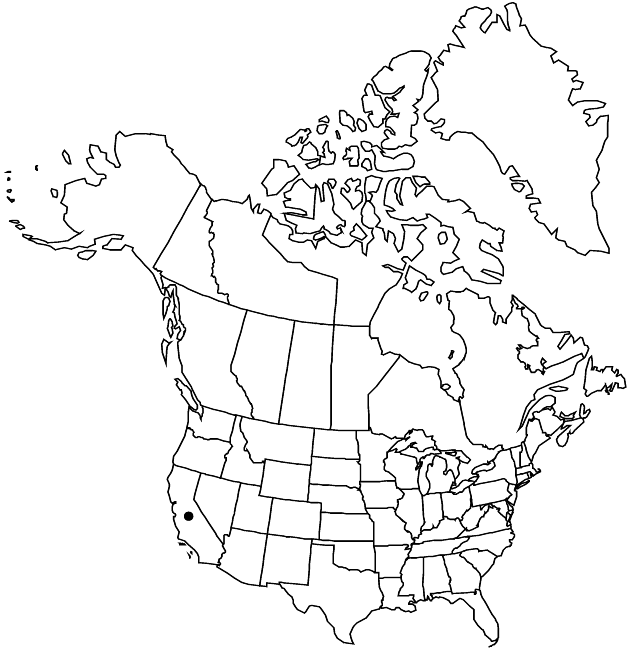familyAsteraceae
genusCentromadia
speciesCentromadia parryi
subspeciesCentromadia parryi subsp. australis
Centromadia parryi subsp. australis
Novon 9: 466. 1999.
Conservation concern
Basionym: Hemizonia parryi subsp. australis D. D. Keck Madroño 3: 15. 1935
Synonyms: Hemizonia australis (D. D. Keck) D. D. Keck
Revision as of 20:13, 5 November 2020 by imported>Volume Importer
Leaves (and peduncular bracts) villous or hirsute to hirtellous, coarsely stipitate-glandular (glands yellow). Involucres 2.5–6(–7) mm. Paleae sometimes with 2 purple lines (along inner edges of scarious margins). Ray laminae 2–4 mm. Anthers reddish to dark purple. 2n = 22.
Phenology: Flowering Jun–Oct.
Habitat: Inner edges of salt marshes, coastal grasslands, vernal pool edges and beds, openings in coastal scrub, often ± saline or alkaline sites
Elevation: 0–200 m
Distribution

Calif., Mexico (Baja California).
Discussion
Of conservation concern.
Subspecies australis occurs along the southern coast of California. Natural, ± sterile hybrids with Deinandra fasciculata have been documented from Santa Barbara County (B. D. Tanowitz 1977).
Selected References
None.
Lower Taxa
None.